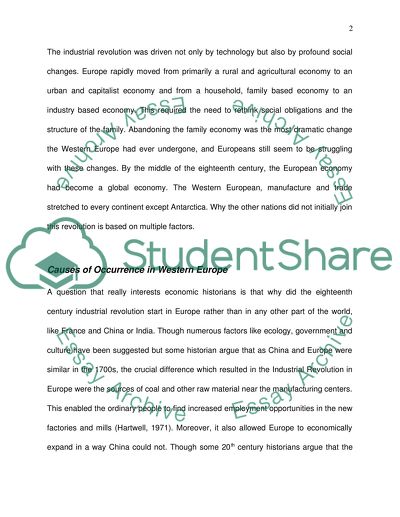Cite this document
(“Industrial Revolution Essay Example | Topics and Well Written Essays - 3000 words”, n.d.)
Retrieved from https://studentshare.org/politics/1531231-industrial-revolution-essay
Retrieved from https://studentshare.org/politics/1531231-industrial-revolution-essay
(Industrial Revolution Essay Example | Topics and Well Written Essays - 3000 Words)
https://studentshare.org/politics/1531231-industrial-revolution-essay.
https://studentshare.org/politics/1531231-industrial-revolution-essay.
“Industrial Revolution Essay Example | Topics and Well Written Essays - 3000 Words”, n.d. https://studentshare.org/politics/1531231-industrial-revolution-essay.


